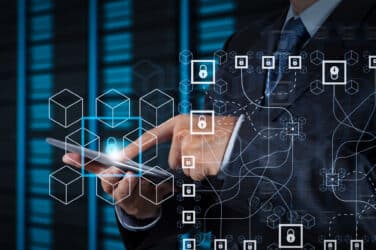
The International Capital Market Association has called for a database of systematic internalisers under MiFID II so that the buyside knows which firms are authorised for any instrument they want to trade.
Systematic internalisers were originally set up for equities under MiFID in 2007 for all off-venue trading in the European Union. However only nine banks became SIs and very few trades took place on the back of an SI quote as off-venue trading moved to broker crossing networks.
As a result MiFID II extends SIs to other asset classes, including fixed income, as regulators aim to capture over-the-counter trading activity, increase transparency and ensure that the internalisation of order flow does not undermine price formation on regulated trading venues. The European Securities and Markets Authority has said a key characteristic of an SI is to provide liquidity bilaterally to clients by trading at risk and to undertake matched-principal trading on an occasional, but not regular, basis.
ICMA said this month in its third quarter report that an SI database is needed as investors will need to know if their counterparties are SIs for individual bonds.
“It will be important for buyside firms to know which firms are authorised SIs for any instrument they are looking to trade, not least since this will affect the reporting requirements (and who should report),” added ICMA.
MiFID II aims to improve pre-trade transparency by requiring SIs to make all firm quotes for liquid instruments public to all clients either via a trading venue, an Approved Publication Arrangement or proprietary means such as its own website. There are also post-trade obligations for SIs trading liquid bonds.
The report continued that ESMA will not support a centralised and up-to-date database of SIs which would seem to be the obvious solution.
“It is expected that the Approved Publication Arrangements (APAs) will collate and maintain this information,” said ICMA. “However, it is unlikely to be either centralised or widely available.”
In addition, MiFID II makes a clear distinction between true market making, which can be carried out by investment firms most likely to be categorised as SIs, and riskless or matched principal trading on organised trading facilities, and the two cannot operate within the same legal entity or interact within the same group.
ICMA said: “Buyside firms will be able to get a firm market quote from market makers, but will need to work orders through OTFs. This is likely to create additional challenges for buyside firms in terms of deciding how best to work their orders, and with whom, not least since they are unlikely to want to split these across multiple counterparties given the risk of information leakage.”
The report continued that trading under MiFID II could become even more complex if EU member states interpret and apply the rules differently. For example, each jurisdiction can decide what trade information should be made public for large trades, or those in non-liquid securities, and reporting can range from two days to four weeks after the trade.
“Accordingly, this is likely to drive activity in these trades to jurisdictions with the least conservative deferral regimes,” warned ICMA. “Not only will this fragment bond market liquidity across the EU, it will also create an uneven playing field, disadvantaging investors, liquidity providers and trading venues operating in more conservative jurisdictions.”






